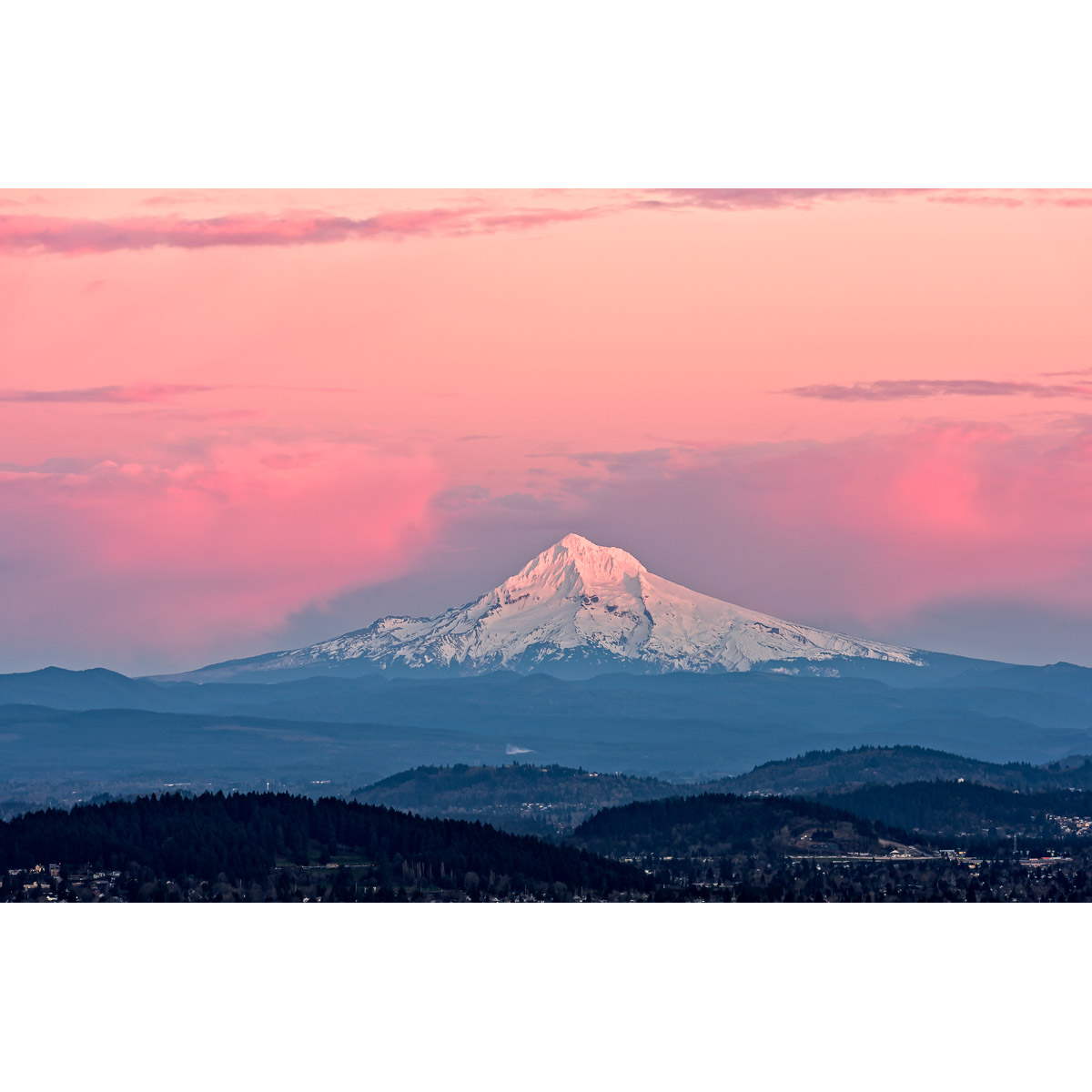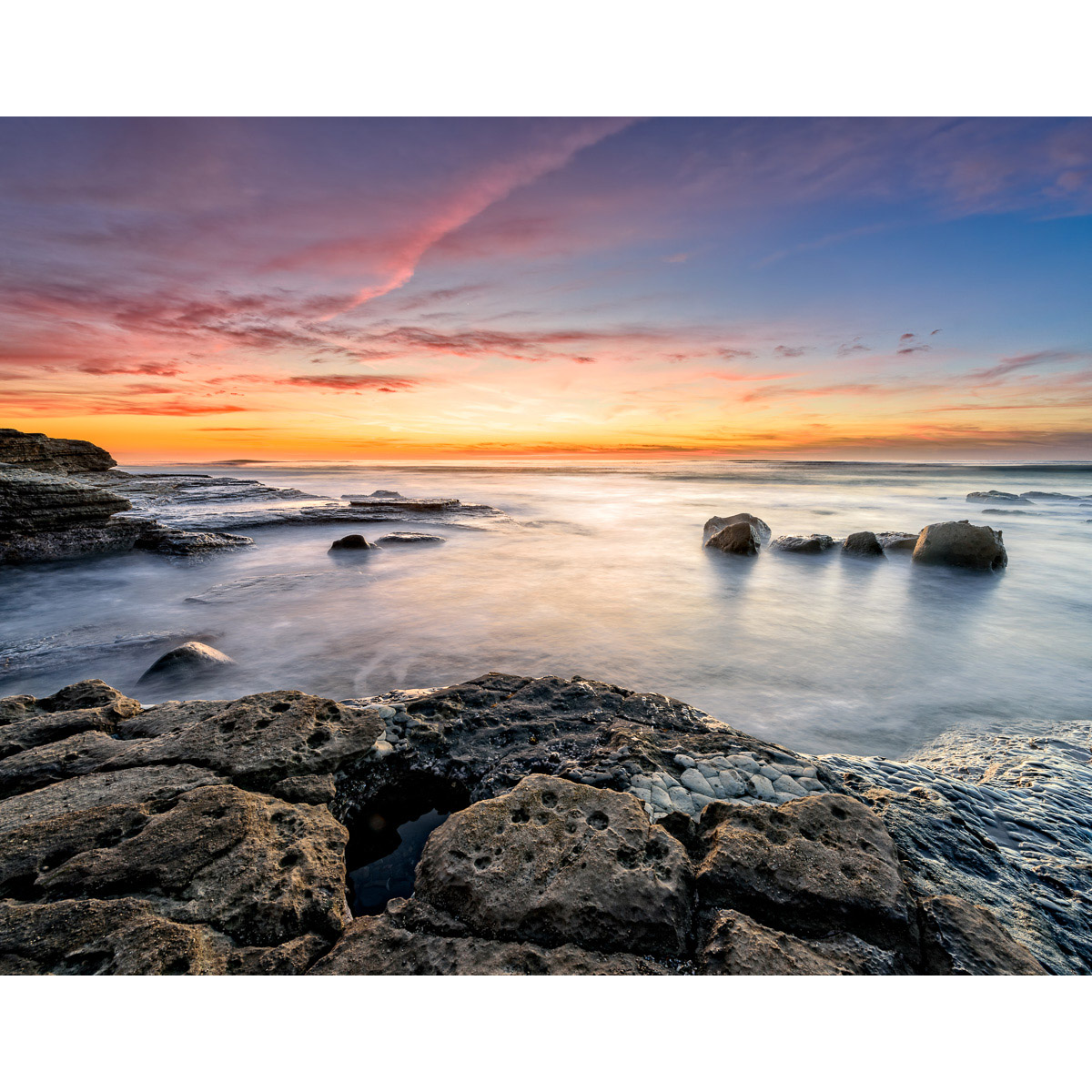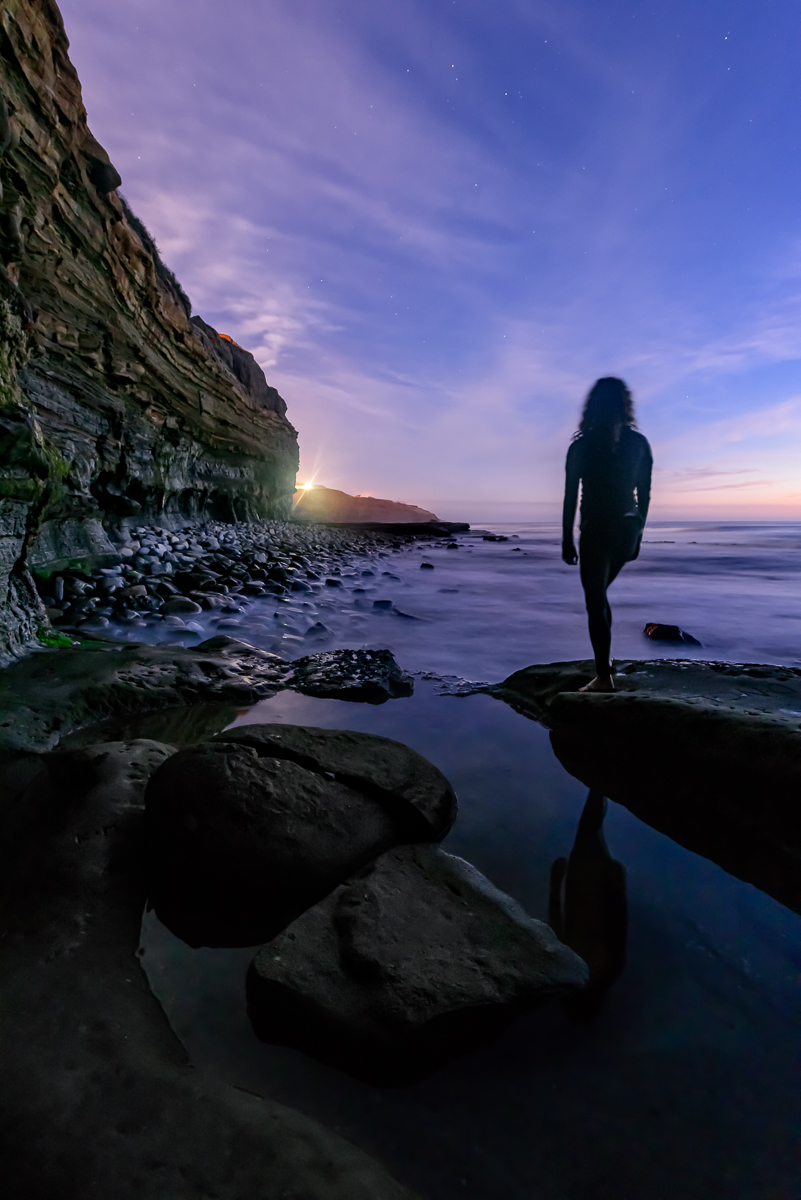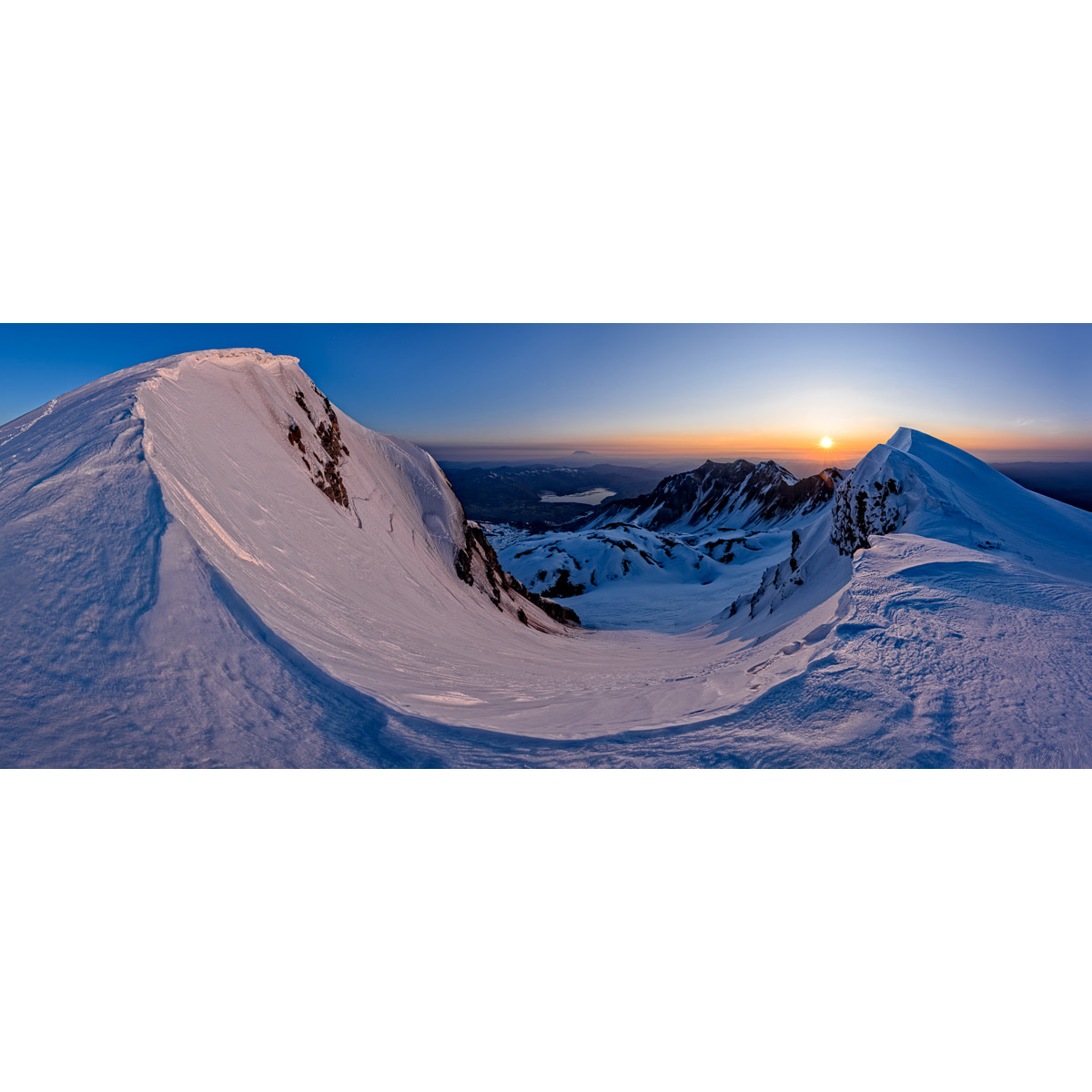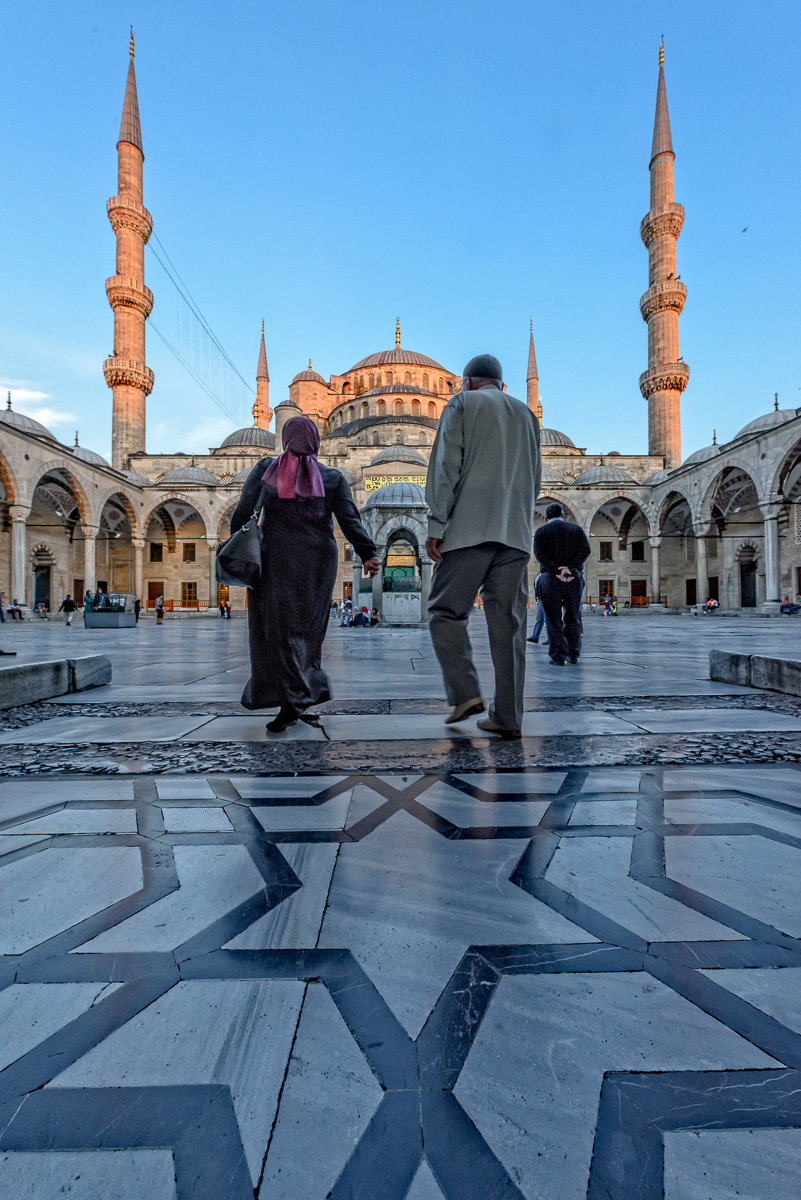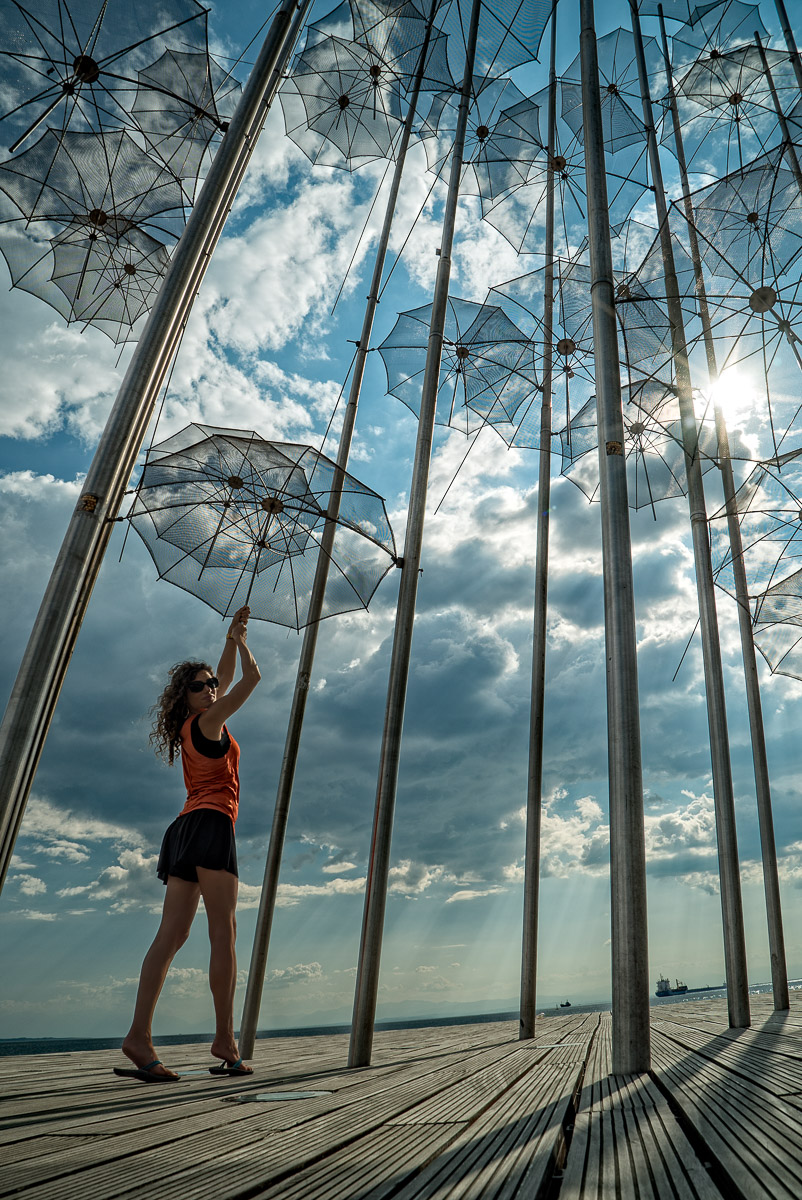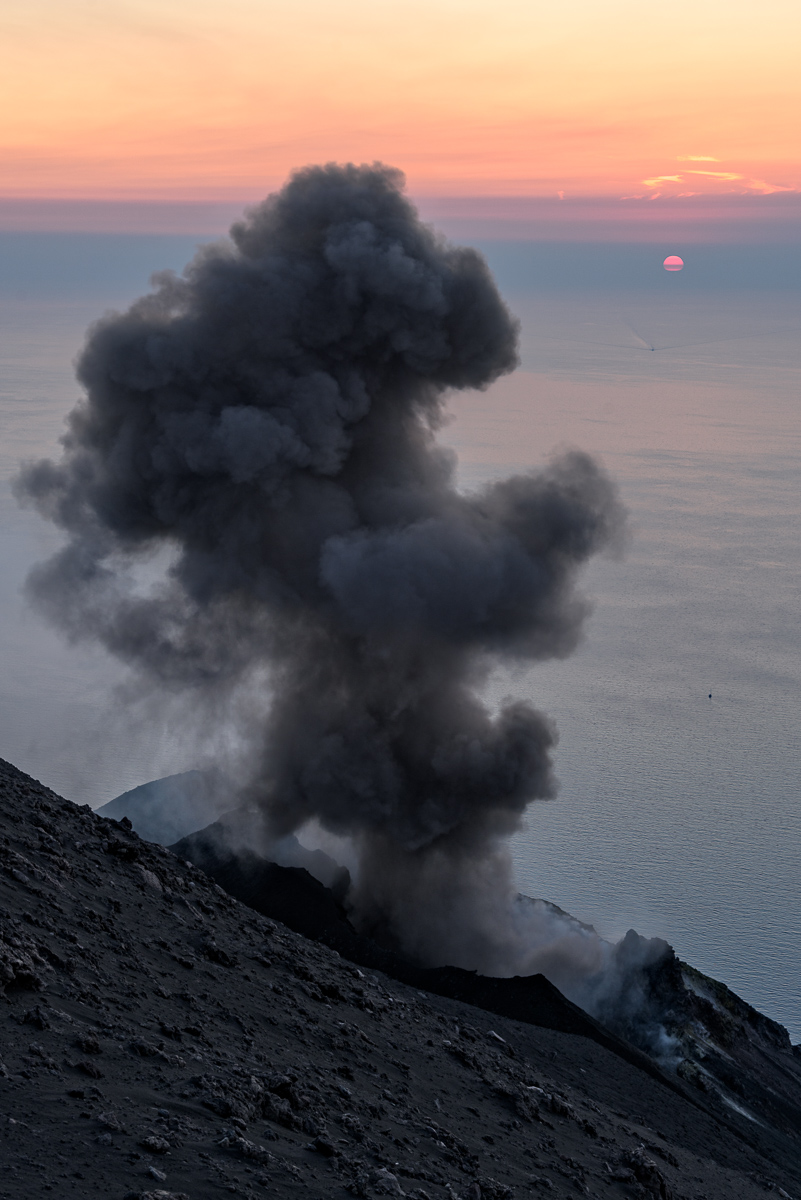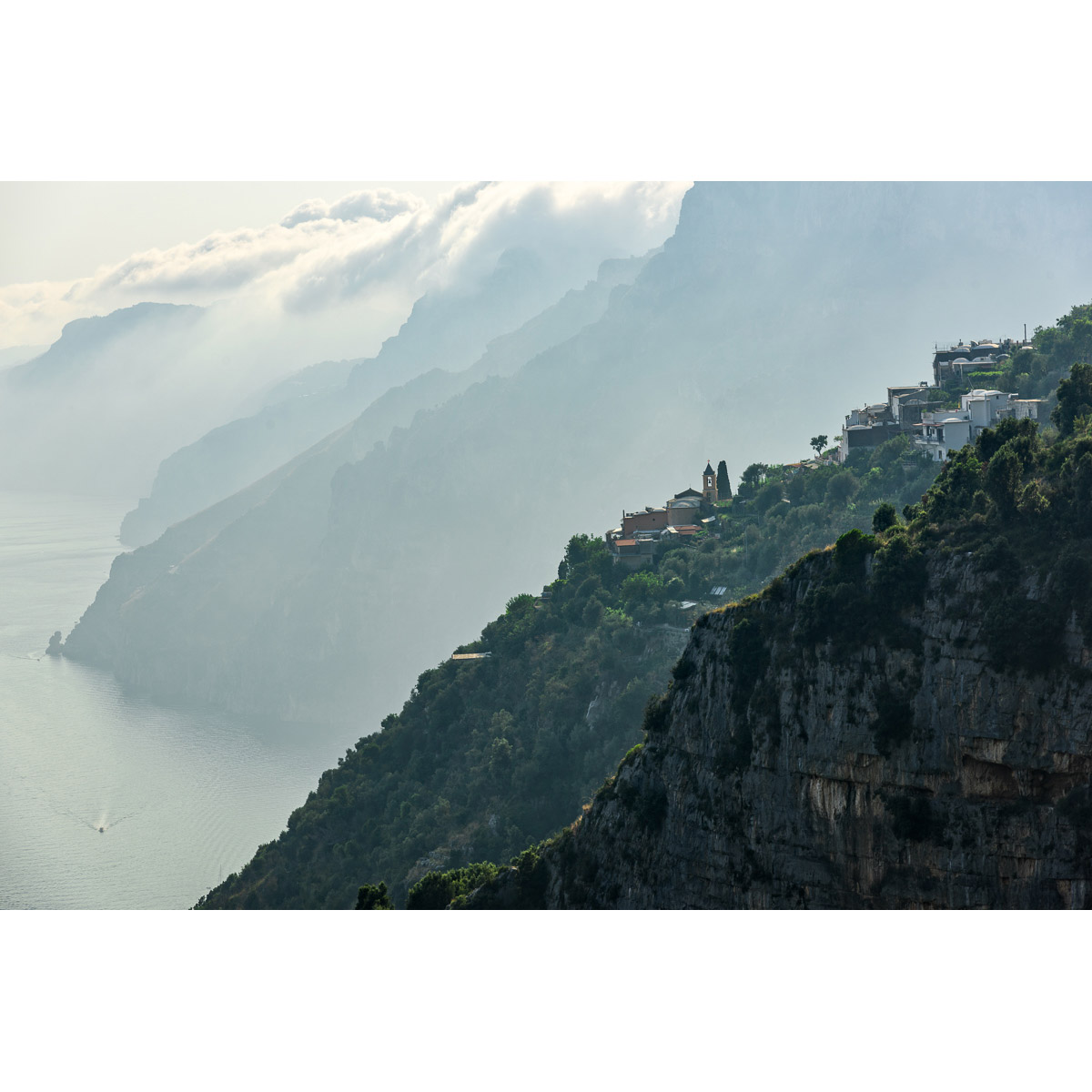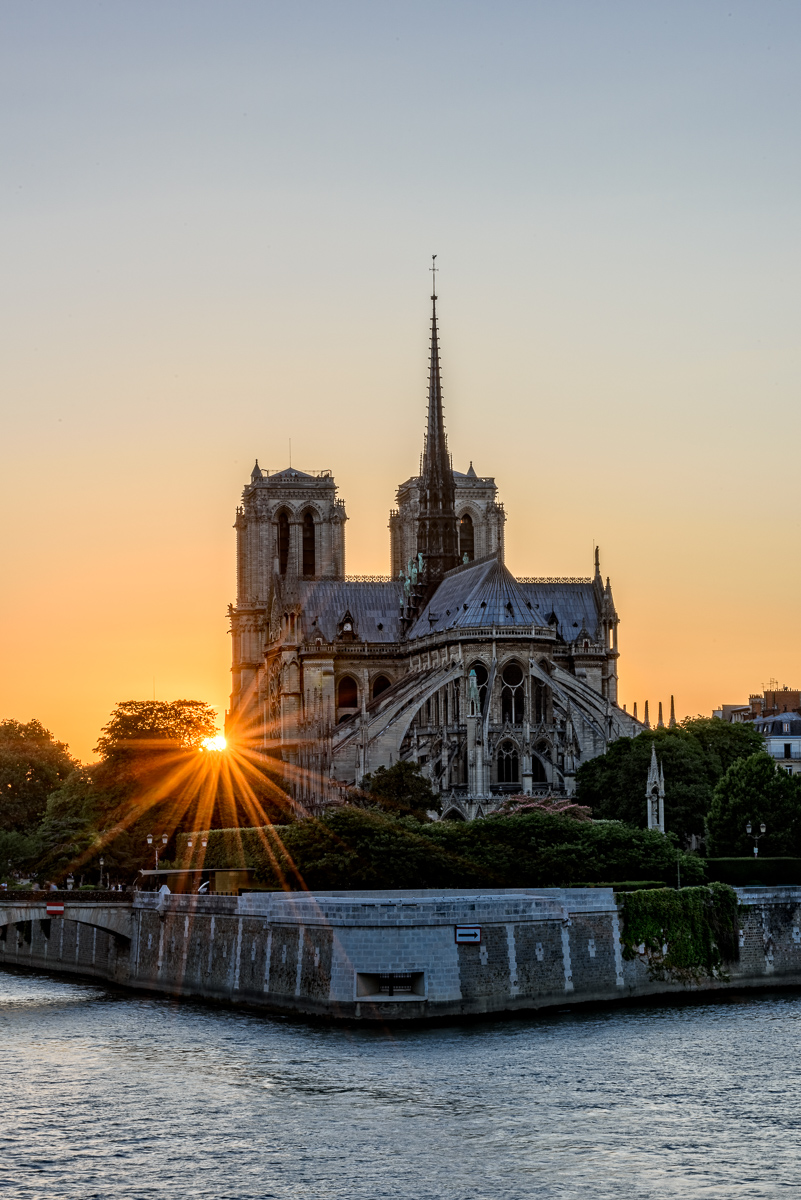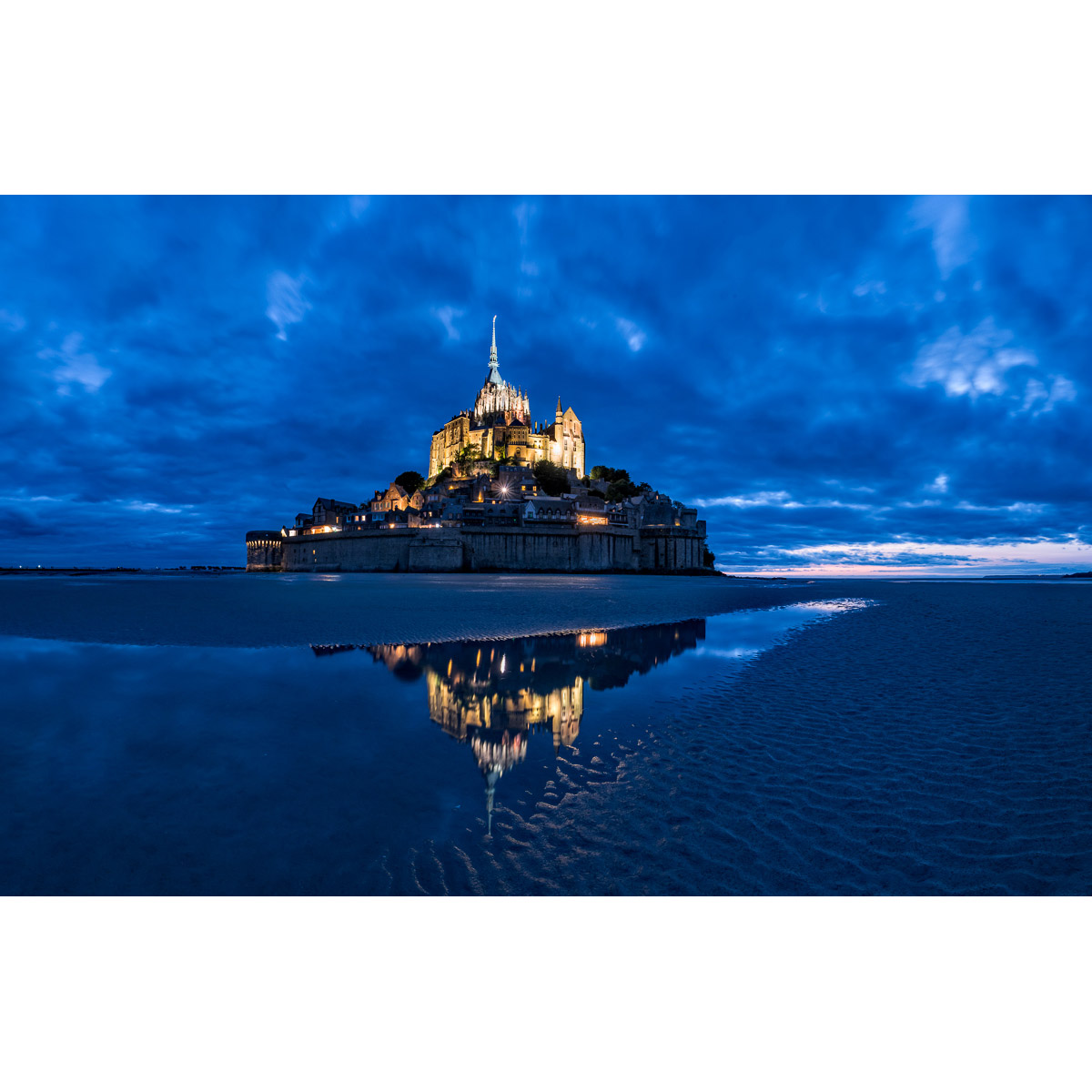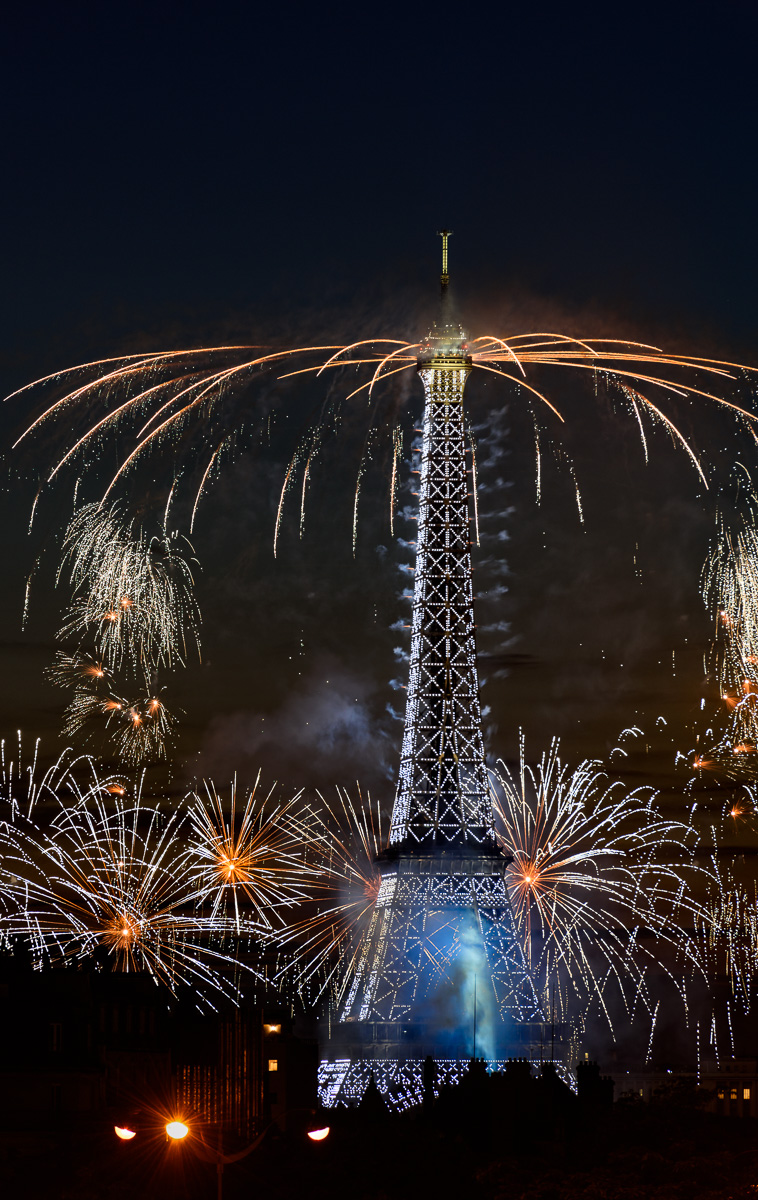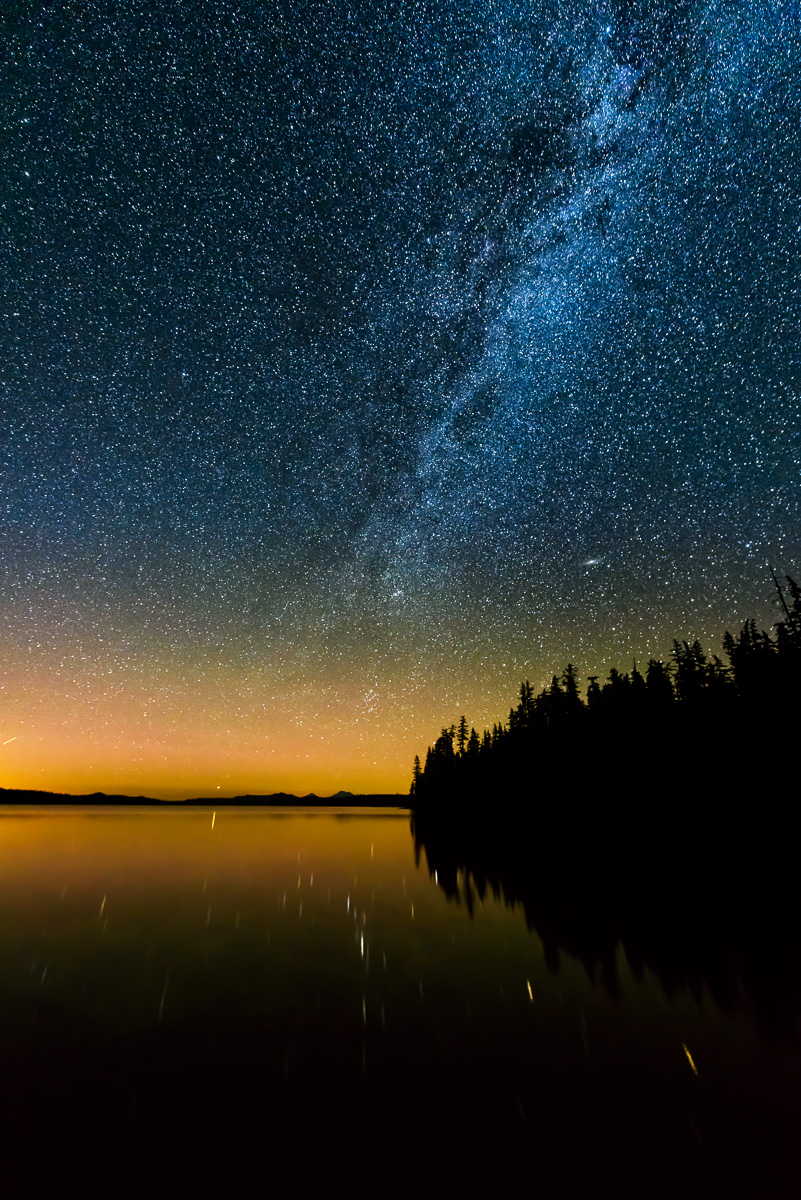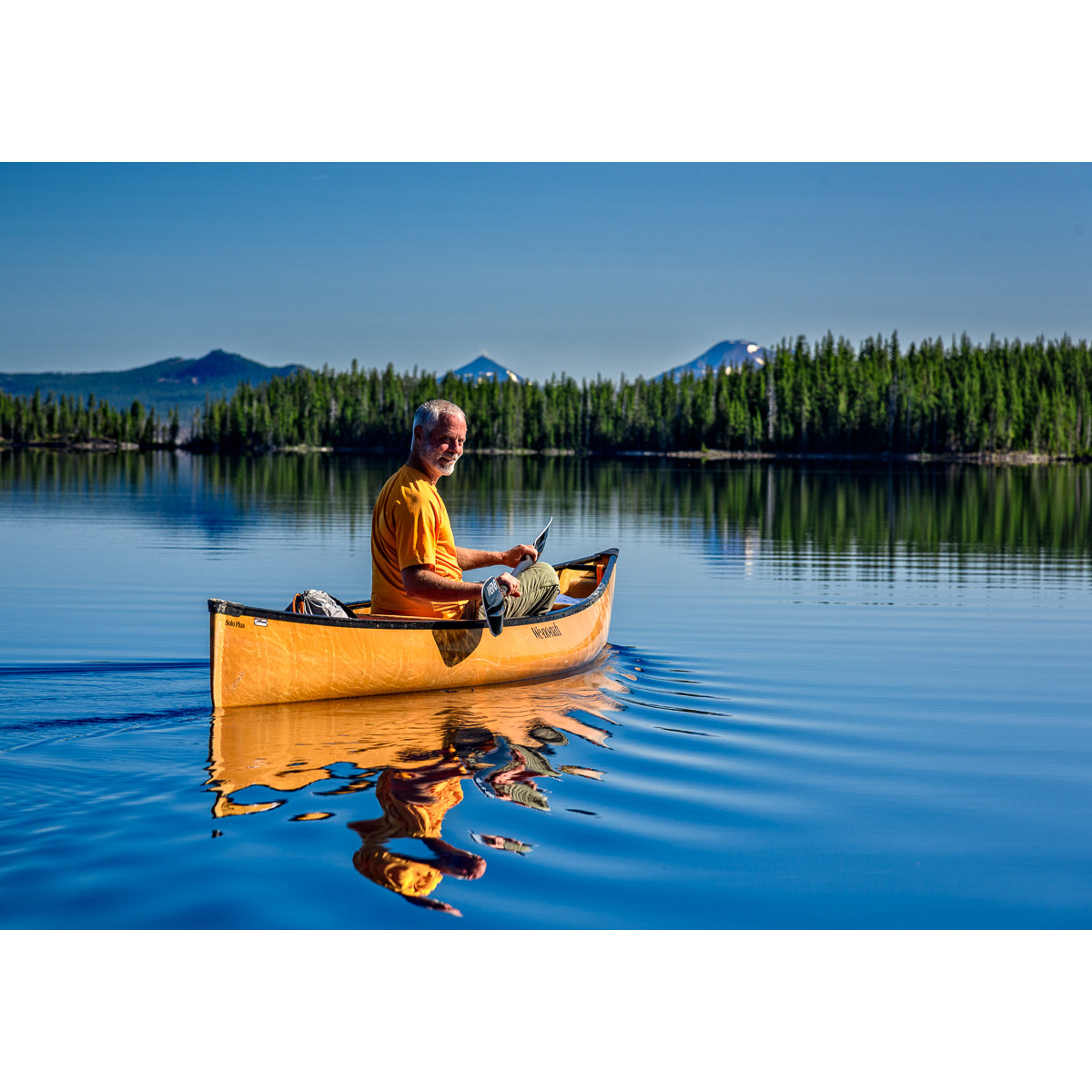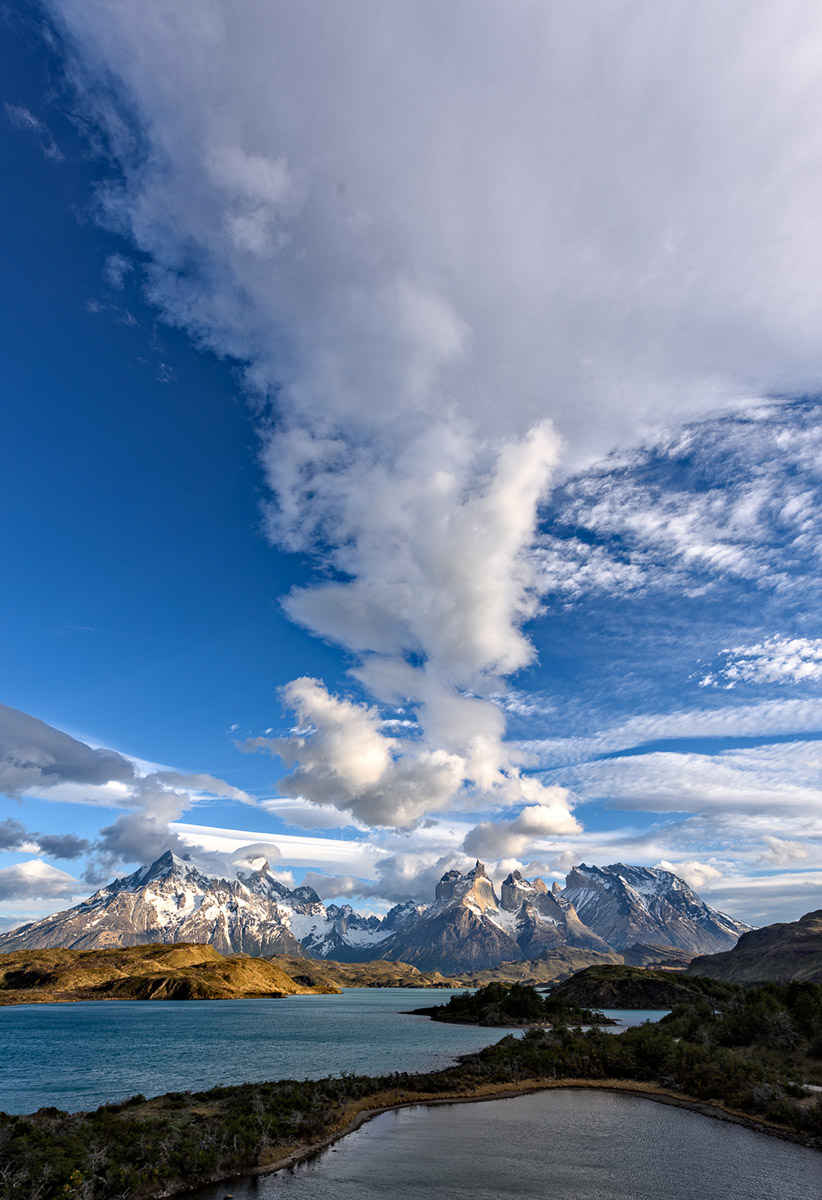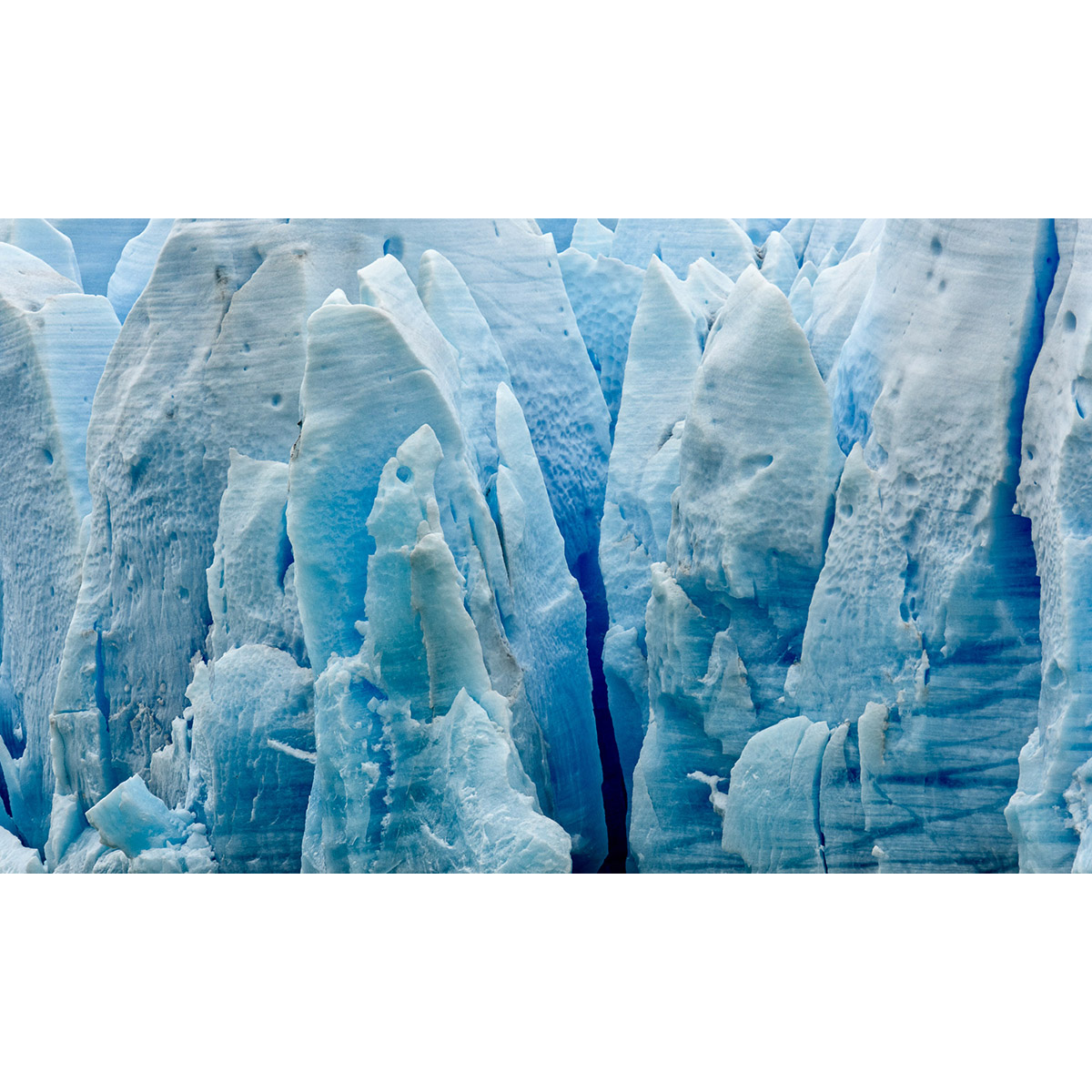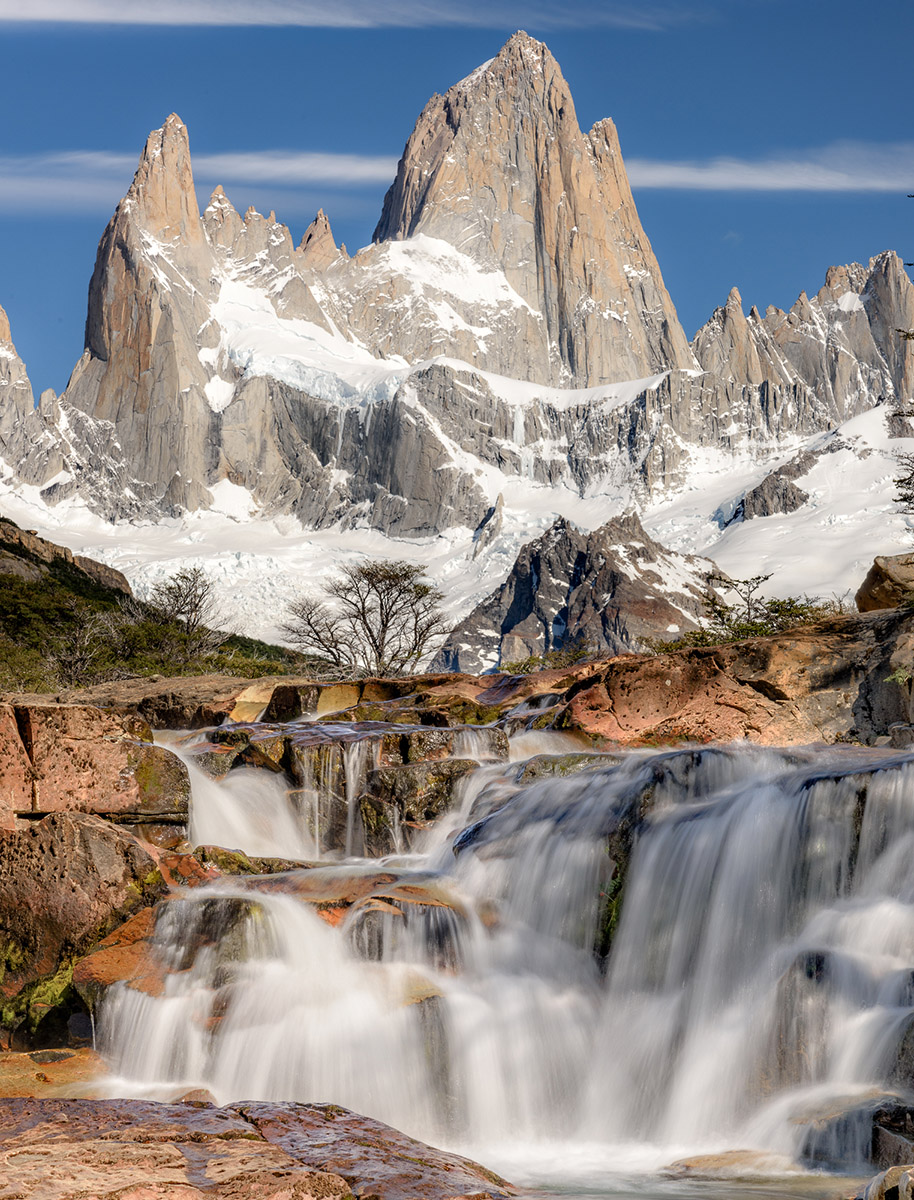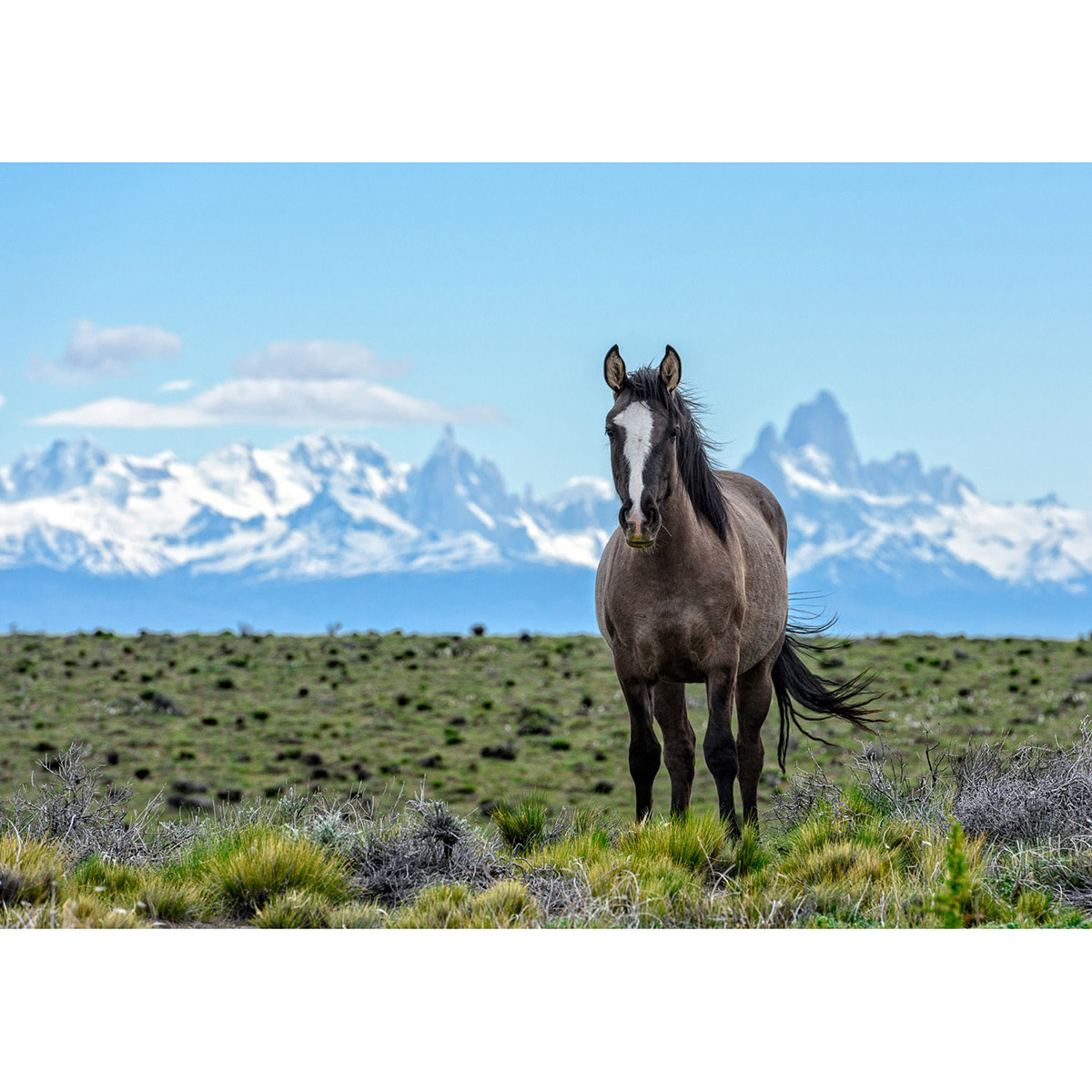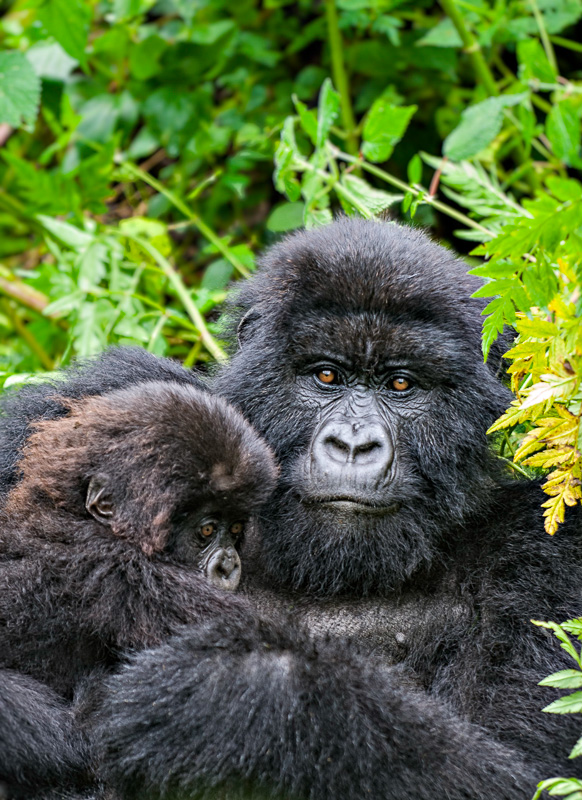This Tuesday Stacey, Pike, a few friends and I head out for a Kitesurfing and photo adventure on South Padre, a barrier island just off Texas. It's a place with warm water and steady wind. At seven weeks old it's Pike's first big trip and I'm stoked to capture not just landscape and action photos, but also of to document his first beach island experience. How much gear do we need for this? We made this one minute video to highlight the challenge of packing for air travel with photo gear, kite gear and Pike's accessories. I'll be posting on Facebook and Instagram along the way.
FAVORITE MOMENTS OF 2015
I've had the good fortune to participate in some epic photographic adventures in 2015. Here's a quick slideshow of some of my favorite moments of the past year.
Happy New Year everyone!
Patagonia Time-lapse: Cerro Torre While We Slept...
We had an amazing star show as we slept at Lago Torre in Argentina. Even more rare -- calm water in these wind ravaged mountains. It was a rare opportunity and I left both my Nikons (D810 and D750) running as we tucked into our tent that night. Watching this video makes me long to get back there.
Stacey on Mt. Rainier. Technical Details: Nikon D800 Nikkor 24-120 at F8 for 1/500 sec at ISO 100
Thirty Six Hours in the Pacific Northwest
A couple of weeks ago I had one of those weekends that remind me why I love living and photographing in the Pacific Northwest.
My wife Stacey and I had planned a backcountry ski trip on Mount Rainier with friends that Sunday. As we headed north Saturday the weather was so perfect that we decided to stop by Sauvie Island on the Columbia river just north of Portland to get a little kiteboarding in.
Arriving at our local kite beach we found a number of our friends pumping up kites, laying out lines and heading out into the river on nice steady winds...
Read MoreThe Enchantments
Perched high above a small, Bavarian-looking village and surrounded by jagged peaks lies an adventuresome backpacker’s dream: a glacier-carved granite valley filled with pristine blue lakes, sparse colorful trees, and abundant wildlife. For those of us fortunate enough to live in Pacific Northwest this magical valley is neither far away nor expensive to reach. We need drive no further than five hours from Portland, to the Enchantments of Washington state.
Early in the 20th Century the first European American visitor, US Geological Survey topographer A.H. Sylvester, named the area Enchantment Lakes. Sylvester wrote of his discovery:
"I found 5 or 6 most beautiful small lakes grouped in a wonderful glacial valley all ringed with alpine larch. From the highest lake over an entrancing fall tumbled the water it received from a small glacier. It was an entrancing scene."
Today a part of the Alpine Lakes Wilderness area, the Enchantments is about 15 miles southwest of Leavenworth, Washington, a wonderful town where it always feels a bit like Oktoberfest. Rare among Cascade basins, the lakes of the Enchantments rest above 7,000 feet in glacially carved granite. This makes the basin strikingly different. Here a hiker will not tread muddy forest trails to reach brushy lakeshores. Instead granite trails connect jewel-like lakes set against the rugged, panoramic backdrop of the Stuart Range. Scattered throughout the valley are mountain goats, waterfalls, and stands of Tamarack trees waiting to turn golden in the fall.
Like all great things, this scenic splendor does not come without sacrifice. There is no easy way into or out of the Enchantments. Each of the two main routes to reach the basin presents challenges. The more commonly recommended Snow Lake trail enters the Enchantments’ lower basin from the east and climbs 6,000 feet over a very long ten miles to get there. The shorter but more grueling route climbs Aasgard Pass above Colchuck Lake to reach the Enchantments’ upper basin from the west. While the Colchuck route is just under 6 miles long and gains less than 4,500 feet, more than half of that elevation is gained in the final mile ascending Aasgard Pass. Because ice, snow or sudden storms can make the steeps of Aasgard Pass highly treacherous, only experienced mountaineers with adequate equipment should consider this approach.
Once inside the basin memories of the rigorous ascent quickly fade. Find a campsite by one of the many pristine lakes and explore to your heart’s content. Fish, swim, hike, scramble up one of the surrounding peaks like Little Annapurna, or rope up and follow Fred Beckey’s route to the top of Prusik Peak. Commune with the mountain goats, but be careful to keep a safe distance. Photographers will be overwhelmed by the endless scenic possibilities. Here are a couple of inside tips: the larch trees are magnificent in the fall and the views afforded by a side trip up Prusik Pass are well worth the effort.
-Hudson
Precious Few
The tingling in my spine comes not from the cold mountain air. I came to Rwanda to visit one of the most enigmatic animals on earth and here I stand staring into the eyes of a 500-pound wild mountain gorilla.
I left the town of Ruhengeri with rangers near dawn and traveled miles of bone-jarring, four-wheel-drive roads to reach Park National des Volcans (Volcanoes National Park). This island of protected mountain gorilla habitat in northwestern Rwanda consists of a series of steep cone-shaped, jungle-covered volcanoes. After hiking through the cultivated foothills, we start up the steep jungle paths through thickets of giant bamboo so dark I wish for a headlamp. The mud is so thick in places that it threatens to suck my boots off and is populated with earthworms the size of snakes. Stinging Nettles at least 10 feet tall overhang much of the trail and most of my body is covered in a icy-hot itch. This entire mountain range is teeming with life. I feel like I’m on the set of Jurassic Park.
After hours of climbing, my guide points to moving vegetation ahead and signals to be still. The leaves part and out sidles a large gorilla with a baby riding high on her back.
The moment I lock eyes with my first mountain gorilla all thoughts of the arduous journey to reach this place evaporate. These enormous animals display such a rare blend of intelligence, power and gentleness. I am spellbound. It takes some time for me to remember to turn on my camera, a VERY rare occurrence for me.
Mountain gorillas live in groups of several adult females and their young who are led and protected by a single adult male silverback. Silverbacks average about 490 pounds. Unlike lowland gorillas, mountain gorillas do not survive in captivity. Habitat loss, poaching and relentless war have reduced their surviving population to approximately 790 individuals.
Gorillas have incredibly expressive eyes. Joy, surprise, humor, curiosity, weariness, sorrow, and the whole range of emotion are on display in these big intelligent brown eyes. One by one more females come into view and begin grazing on bamboo and wild celery as babies play in their midst.
The gorillas often move so close that I might reach out to touch them. The entire group appears to care for the young gorillas together. They bounce from adult to adult playing wrestling and chasing each other up trees. The adults administer tickles, hugs, smiles, and occasionally discipline.
As a photographer, I am so fortunate that the mist and low overcast is blocking the harsh light of the midday sun. The light is soft and even.
Suddenly the brush ahead opens wide and the silverback appears. This gorilla is awe-inspiringly enormous. He is easily twice the size of the females and incredibly muscular. My spine tingles and I feel the hair rise on my arms. He stops and stares at me for a moment and I see a spark of curiosity. Thankfully he seems to feel no threat. If this gorilla wanted to, he could easily rip a person to pieces. It seems incongruous that these massive, powerful creatures have such a gentle nature. The silverback looks nearly as powerful as the brown bears I’ve encountered in the Arctic. However, unlike the solitary hunter-bear, this is a vegetarian family-ape. He sits down in the midst of his group and begins grazing on the lush vegetation.
Technical Details: Nikon D200, Nikkor 70-200 VR at F4.5 for 1/90th sec at ISO 400.
Mothers move about with small babies riding on their backs. Older gorillas pick up scampering little ones and hug them close making happy faces at them, just as I do when holding a human infant. Two young gorillas chase one another around the silverback as he watches approvingly. Alternating photographing and just watching these amazing creatures, I can’t help but worry about their future.
Park National des Volcans is bordered by one of the poorest, most densely populated areas on earth. Despite the steep mountainous terrain, nearly every square foot of land is terraced and cultivated. Tensions run high between people who need wood for fuel and those protecting the gorillas habitat. War, poaching and disease are a constant concern. Thankfully many dedicated people devote their lives to the protection of these remaining mountain gorillas and their habitat. Standing here amidst this family of gorillas, I fully understand that dedication.
All too soon it is time to leave the gorillas to their mountaintop and descend the long trail. Memories of the baby gorilla’s antics and all of the group’s expressive faces play across my mind as the miles of trail disappear behind my boots.
-Hudson

